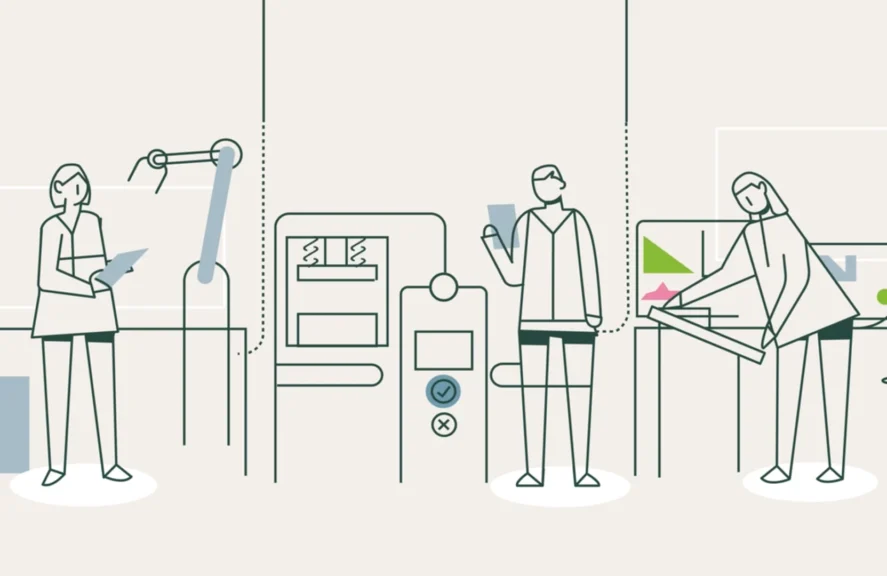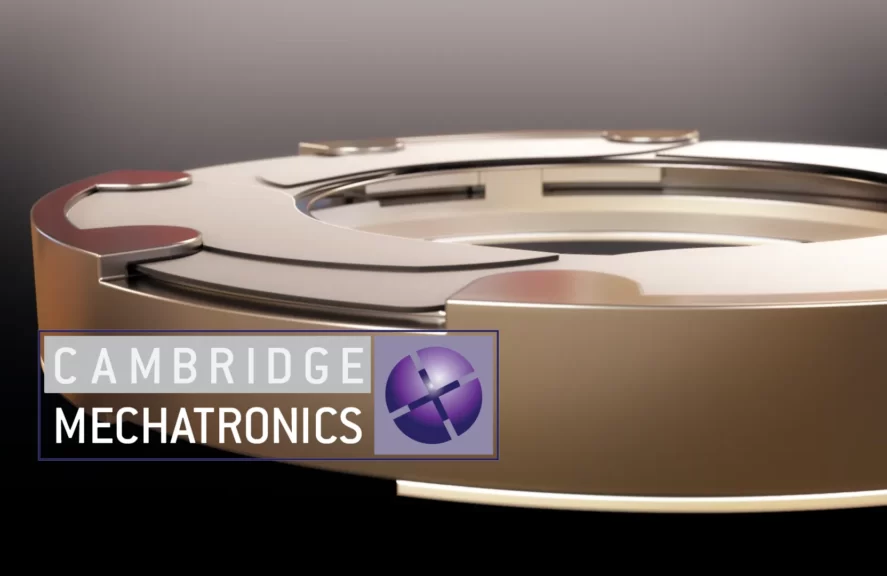Case Study
1Spatial Realworld 4D

1Spatial Realworld 4D
With the evolving tech platforms offering smart cities, simulations and gaming point of view perspectives, the lines are being blurred between indoor and outdoor, physical and real, and 2D data and 3D data. In the same way BIM has evolved from 2D CAD drawings, 3D geo-data is developing alongside (or maybe above and below) authoritative 2D data.
Mapping and cadastre agencies have always been tasked with providing authoritative data to enable governments and local authorities to confidently make evidence-based decisions in order to provide better public services, manage taxes, and make electoral decisions the public can trust. This data has continually improved and evolved and now represents national data assets, such as Ordnance Surveys Master Map (OSMM). These are rich, accurate topographic or cadastre 2D models.
Advances in data capture methods have helped reduce cost, and increase the speed at which 3D data can be captured. But while the 2D data is rich in metadata and typically has high consistency or quality, 3D data may provide us with better positional accuracy. So, by combining the 2D and 3D models, can more improvements be made by combing the different strengths in the 2D and 3D towards coherent authoritative data? Can data from survey, imagery or Lidar be automatically ingested into both the 2D and 3D data and be consistently maintained, validated and most importantly analysed coherently?
To find out more about 1Spatial Realworld 4D please visit: https://1spatial.com/
Cambridge Filmworks
Cambridge Video Production
19th July 2020
1Spatial Realworld 4D

1Spatial Realworld 4D
With the evolving tech platforms offering smart cities, simulations and gaming point of view perspectives, the lines are being blurred between indoor and outdoor, physical and real, and 2D data and 3D data. In the same way BIM has evolved from 2D CAD drawings, 3D geo-data is developing alongside (or maybe above and below) authoritative 2D data.
Mapping and cadastre agencies have always been tasked with providing authoritative data to enable governments and local authorities to confidently make evidence-based decisions in order to provide better public services, manage taxes, and make electoral decisions the public can trust. This data has continually improved and evolved and now represents national data assets, such as Ordnance Surveys Master Map (OSMM). These are rich, accurate topographic or cadastre 2D models.
Advances in data capture methods have helped reduce cost, and increase the speed at which 3D data can be captured. But while the 2D data is rich in metadata and typically has high consistency or quality, 3D data may provide us with better positional accuracy. So, by combining the 2D and 3D models, can more improvements be made by combing the different strengths in the 2D and 3D towards coherent authoritative data? Can data from survey, imagery or Lidar be automatically ingested into both the 2D and 3D data and be consistently maintained, validated and most importantly analysed coherently?
To find out more about 1Spatial Realworld 4D please visit: https://1spatial.com/
Cambridge Filmworks
Cambridge Video Production
Related Work
All WorkLatest News & Articles
All NewsGet In Touch
"They are a joy to work with – very professional, very skilled and also great fun to work with which comes in very handy on those long shooting days!"
Contact
















